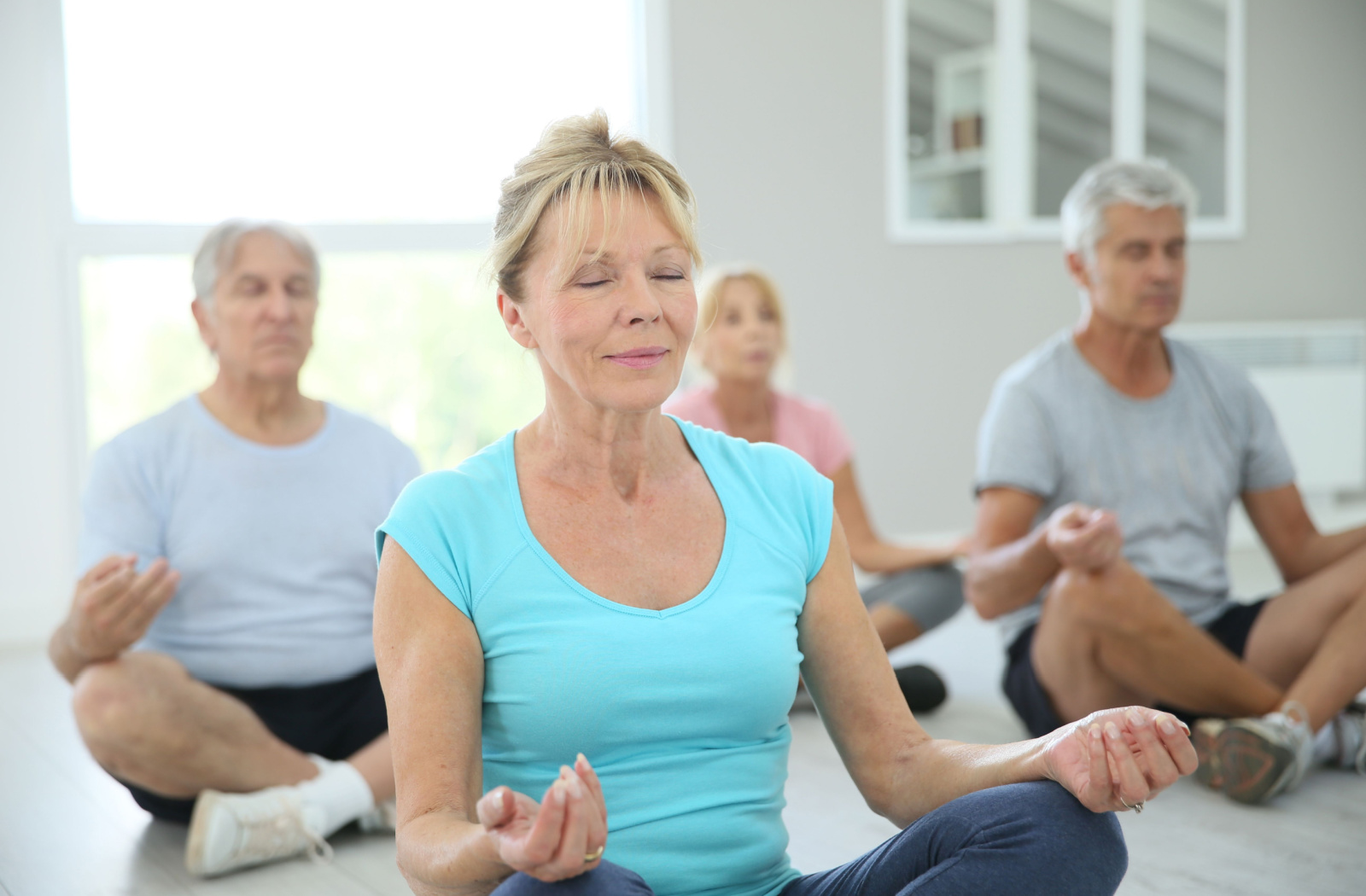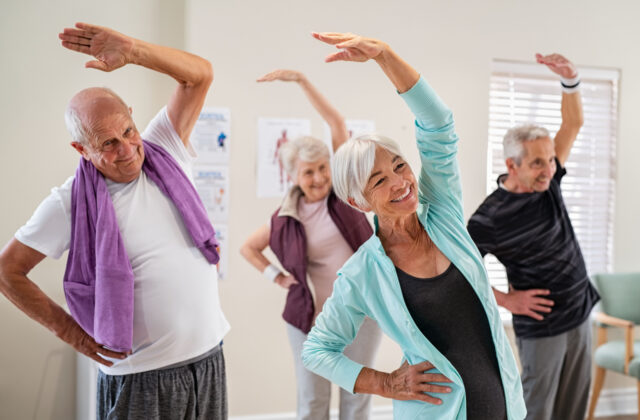Our bodies undergo many changes as we age. One of the most common changes is a gradual decline in balance and coordination, which can increase the risk of falls and injuries in older adults. However, by incorporating regular and specific balance exercises into their routine, older adults can actively work towards improving their balance and maintaining their independence.
These exercises can include activities such as yoga, tai chi, or even simple standing exercises that focus on core stability and the awareness of our surroundings.
By performing balancing exercises, older adults can:
- Reduce the risk of chronic diseases
- Reduce their risk of falls
- Improve posture and stability
- Maintain bone density, muscle strength, and flexibility
- Boost confidence and mental well-being
Reducing the Risk of Chronic Diseases
Regular physical activity, including balance exercises, can also help reduce the risk of chronic diseases such as heart disease, diabetes, and certain types of cancer. This is because exercise helps to improve cardiovascular health, regulate blood sugar levels, and boost the immune system. By incorporating balance exercises into their routine, older adults can improve their health and well-being.
Reducing the Risk of Falls
Falls are a significant and alarming concern for older adults due to the potential for serious injuries like fractures or head trauma. According to the Centers for Disease Control and Prevention (CDC), falls are not only a leading cause of fatal and nonfatal injuries among adults aged 65 and older, but they also have a considerable impact on the overall well-being and quality of life of older individuals.
Regular balance exercises can be crucial in mitigating the risk of falls by enhancing muscle strength, improving stability, and boosting overall confidence in one’s mobility.
Improving Posture & Stability
Our posture and stability may decline over time, increasing the risk of falls and injuries. By strengthening the core muscles that support the spine, balance exercises can improve posture and stability, reducing the likelihood of falls and accidents.
Maintaining Bone Density, Muscle Strength & Flexibility
With age, bone density decreases, making bones more fragile and prone to fractures. Balance exercises that involve weight-bearing activities (such as standing on one leg) can help maintain bone density in older adults. This is particularly important for preventing osteoporosis and reducing the risk of fractures due to falls.
As we grow older, our muscles also naturally weaken and become less flexible. This can affect balance and coordination, making it more difficult for older adults to perform daily activities. Balance exercises target specific muscle groups, helping to strengthen them and improve flexibility.
Boosting Confidence & Mental Well-Being
Older adults can feel more confident in their movements and abilities by improving balance, strength, and flexibility. This confidence boosts self-esteem and reduces feelings of anxiety or fear related to falling.
Balance exercises can also release endorphins, the body’s natural “feel-good” chemicals. This can help reduce feelings of depression and improve overall mood and mental health.
Types of Balance Exercises for Seniors
Older adults can incorporate various types of balance exercises into their routines. These include:
- Tai Chi: This ancient Chinese martial art combines slow, gentle movements with deep breathing and has been shown to improve balance, strength, and flexibility.
- Yoga: Like Tai Chi, yoga focuses on slow movements and controlled breathing to improve balance and flexibility.
- Single-leg stands: Standing on one leg for a short amount of time can help improve balance and stability.
- Heel-to-toe walk: This exercise involves walking in a straight line, placing the heel of one foot directly in front of the toe of the other with each step. This challenges balance and coordination.
- Standing knee raise: Lifting one knee towards the chest while standing can help improve balance and strength.
- Side leg raises: Lifting one leg to the side while standing can improve balance and stability.
Tips for Performing Balance Exercises
When incorporating balance exercises into your routine, it’s important to keep the following tips in mind:
- Start slow and gradually increase difficulty: Older adults should start with simpler balance exercises and slowly work up to more challenging ones.
- Use support when needed: If balance is an issue, hold onto a chair or wall while performing exercises.
- Focus on proper form: To prevent injury, it’s important to maintain good posture and alignment while performing balance exercises.
- Incorporate balance into daily activities: Simple tasks such as standing on one leg while brushing your teeth or doing dishes can also help improve balance.
- Consult with a healthcare professional: It’s always advisable for older adults to consult with their doctor or physical therapist before starting any new exercise routine, especially if they have pre-existing health conditions.
- Be consistent: Regularly performing balance exercises is key to seeing improvement and maintaining balance in the long run.

Promoting Healthy & Active Aging
At The Neighborhood in Rio Rancho, we understand the importance of balance exercises for older adults. That’s why we offer a variety of fitness classes and activities that focus on improving balance, strength, and coordination. Our staff can work with residents to create personalized exercise plans catering to their needs and abilities.
By incorporating balance exercises into daily routines, older adults can maintain independence, reduce the risk of falls, and improve overall quality of life. Get in touch with us today to learn more about our community and how we promote healthy and active aging for our residents.


